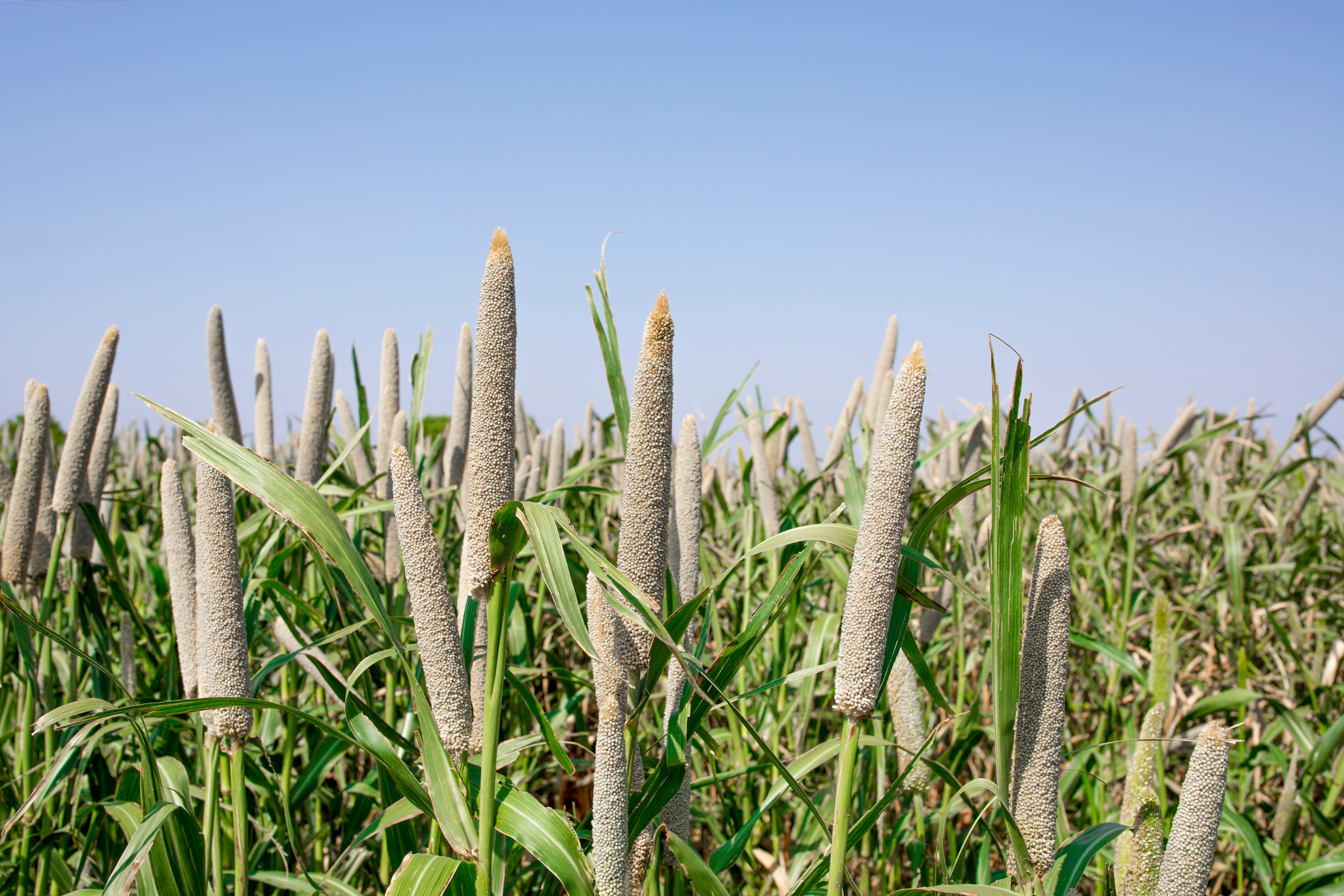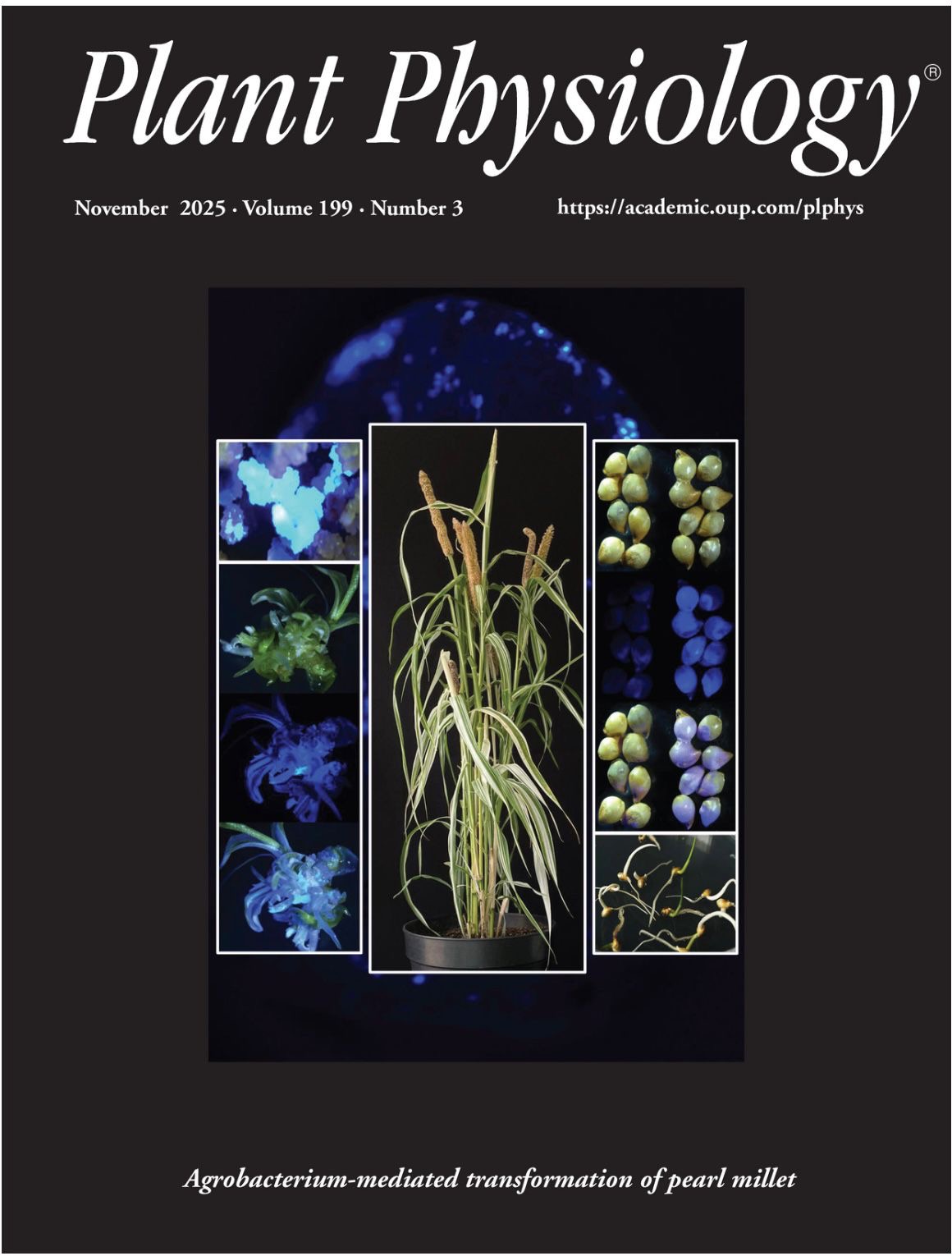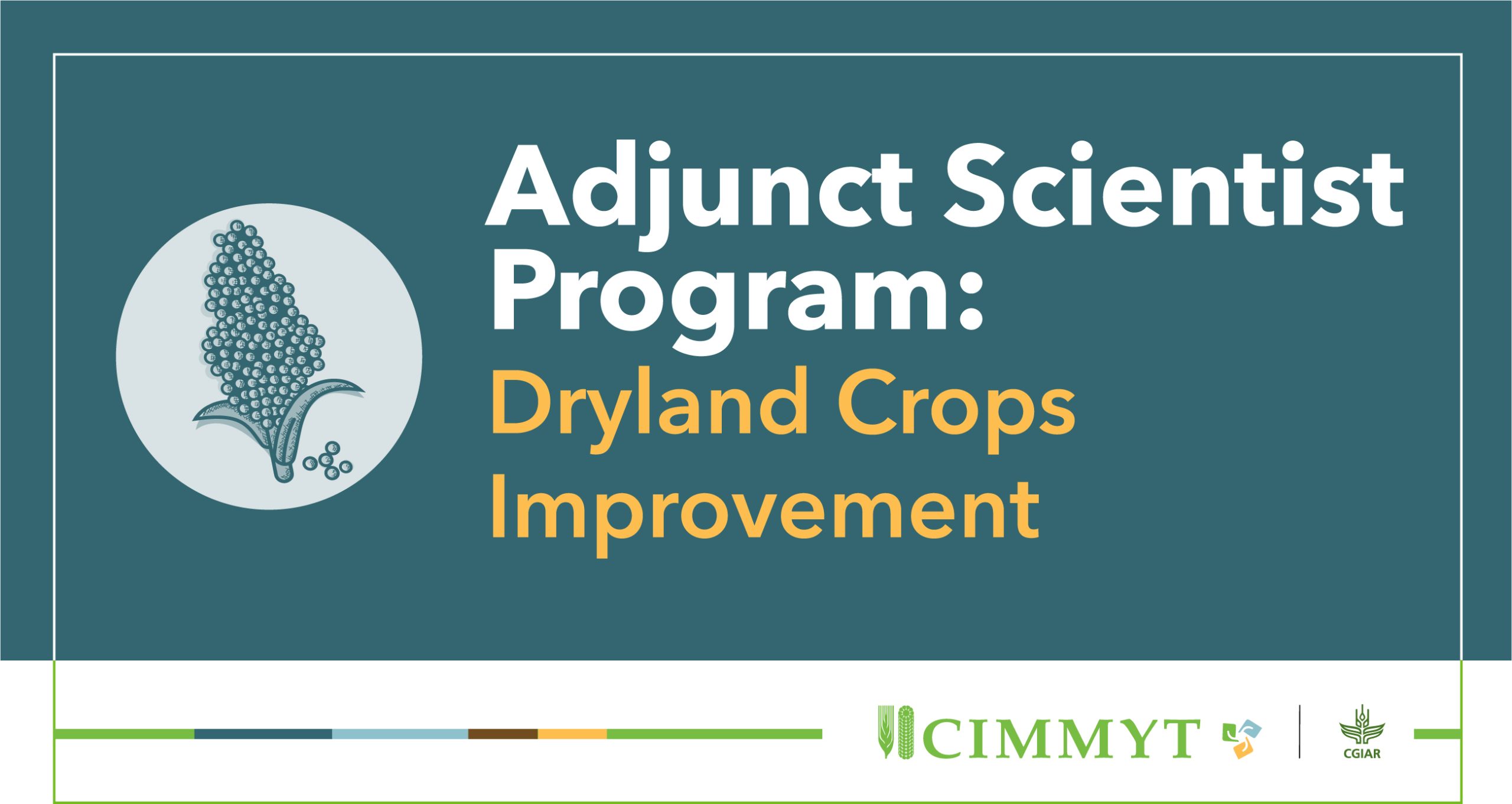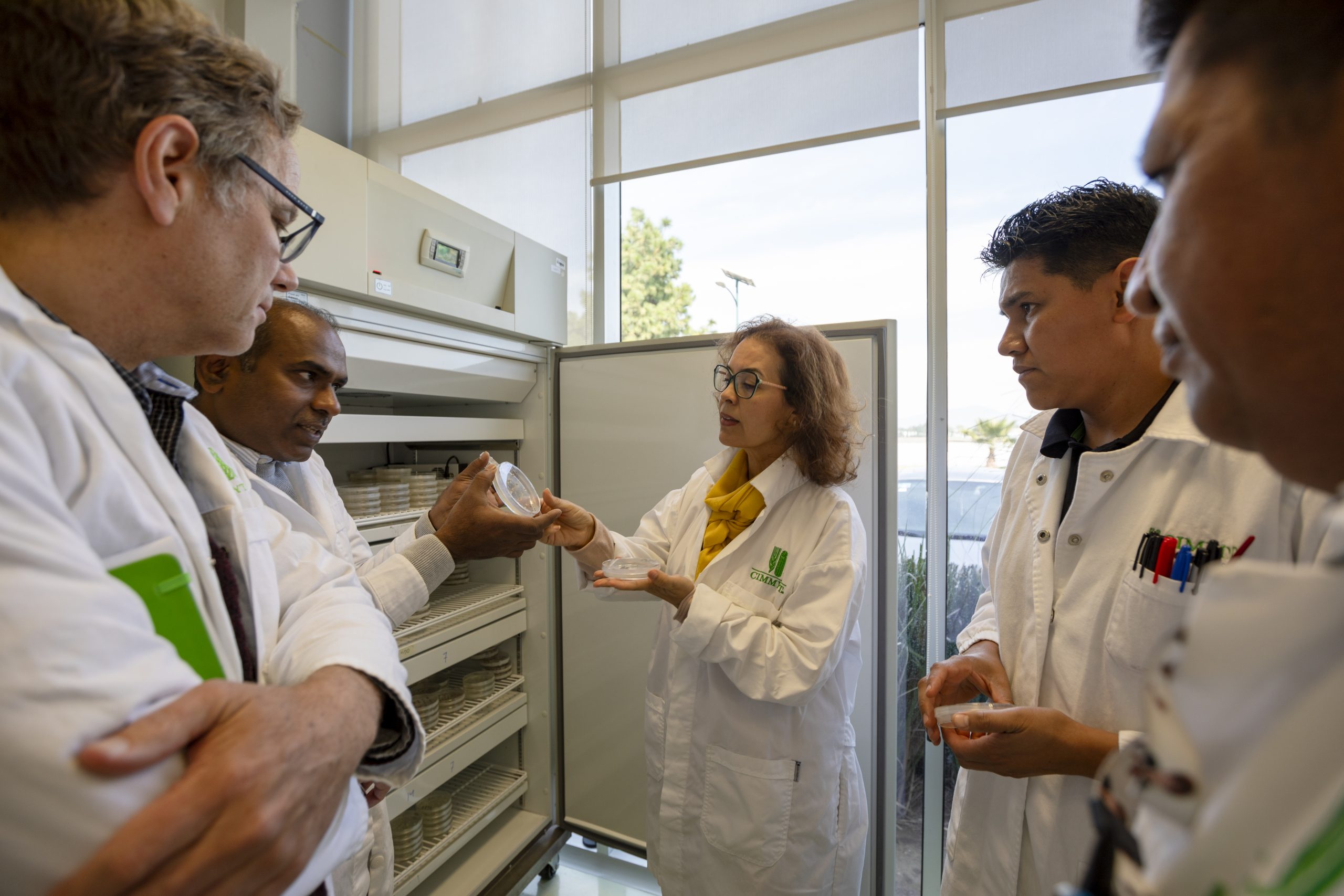Pearl millet is one of the world’s most resilient crops and supports the food and nutritional security of more than 90 million people across Sub Saharan Africa and Asia. Its capacity to withstand drought, heat, salinity, and low soil fertility makes it essential for communities living in the most challenging environmental conditions. Despite this importance, progress in genetic improvement has advanced slowly. A key limitation has been the difficulty of transforming pearl millet and regenerating it in vitro, which restricts the application of modern tools including genome editing.
A recent study presents a major advancement that overcomes these barriers. Scientists from CIMMYT, working with Corteva Agriscience, have developed a clear and reliable system for genetic transformation and CRISPR based editing in pearl millet. This achievement opens new opportunities for improving traits that matter for food security, nutrition, and climate resilience.
Why This Advancement Is Important
Pearl millet contributes almost half of global millet production and is increasingly recognized as a strategic crop for food, feed, and fodder. Its grain is gluten free, nutrient rich, and important for people living in arid regions. Yet most progress to date has relied on conventional breeding because the crop has been difficult to transform in the laboratory.
The new transformation system addresses this long-standing challenge by creating a dependable pathway that researchers can use to accelerate trait discovery and varietal development.
A Transformation Method That Works
The team used immature embryos as the starting material and identified specific embryo types that consistently produced strong callus induction. These embryos were then exposed to Agrobacterium tumefaciens that carried genome editing constructs designed to modify target genes with precision.
A central innovation was the inclusion of two morphogenic regulator genes, WUSCHEL2 and BABY BOOM1. These genes support the regeneration of transformed cells and help them grow into complete plants without causing abnormal development. This approach has improved regeneration in other cereal crops and now provides the same benefit for pearl millet.
Achieving Precise Gene Editing
Two genes were selected to demonstrate the successful operation of the system.
- PgFAD2a, which influences seed oil characteristics
- PgPDS, whose disruption creates a visible white streak in leaves
The results show very high editing efficiency. PgFAD2a reached levels between 78 and 100 percent in the plants that were transformed. The edited PgFAD2a plants grew normally in greenhouse conditions, and the PgPDS edited plants displayed the expected white leaf pattern during tissue culture.
Tracking Transformants with Fluorescent Markers
To improve the accuracy of selecting transformed tissues, the researchers incorporated AmCYAN, a fluorescent protein that produces a clear signal under blue light. This marker allowed the team to monitor transformed callus and tissues at every stage of development, reducing the number of plants that appear transformed but are not. The article includes photographs that illustrate this process.
A Complete Transformation Timeline
The full transformation and regeneration process takes about 145 days. It includes:
- Isolation of immature embryos
- Infection and co cultivation with Agrobacterium
- Resting and selection using antibiotic resistance and fluorescence
- Regeneration of shoots in controlled light
- Development of roots
- Transfer to greenhouse conditions
- Molecular confirmation of gene edits
The sequence of steps is shown in the diagrams provided in the study, offering a complete workflow for adoption in other laboratories.
Implications for Climate Resilient Agrifood Systems
This research creates an important foundation for future improvements in a crop that is essential for communities facing climate stress. The ability to reliably edit pearl millet will enable researchers to pursue:
- improved nutritional quality
- stronger tolerance to drought, heat, salinity, and soil acidity
- enhanced resistance to fungal diseases
- reduced postharvest challenges such as flour rancidity
- faster and more accurate breeding pipelines
By making genome editing more accessible for pearl millet, this work supports the development of more inclusive and resilient agrifood systems and strengthens the scientific tools available to respond to farmers’ needs.
A New Era for Pearl Millet Research
This advance marks a turning point for pearl millet science. It demonstrates that the technical barriers limiting transformation can be resolved through optimized vector design and supportive regeneration pathways. With this new platform, scientists can accelerate the discovery of traits that enhance productivity, nutrition, and climate adaptation. Ultimately, the study expands the possibilities for improving a crop that is central to food security and the livelihoods of millions of people.



 Capacity development
Capacity development 
